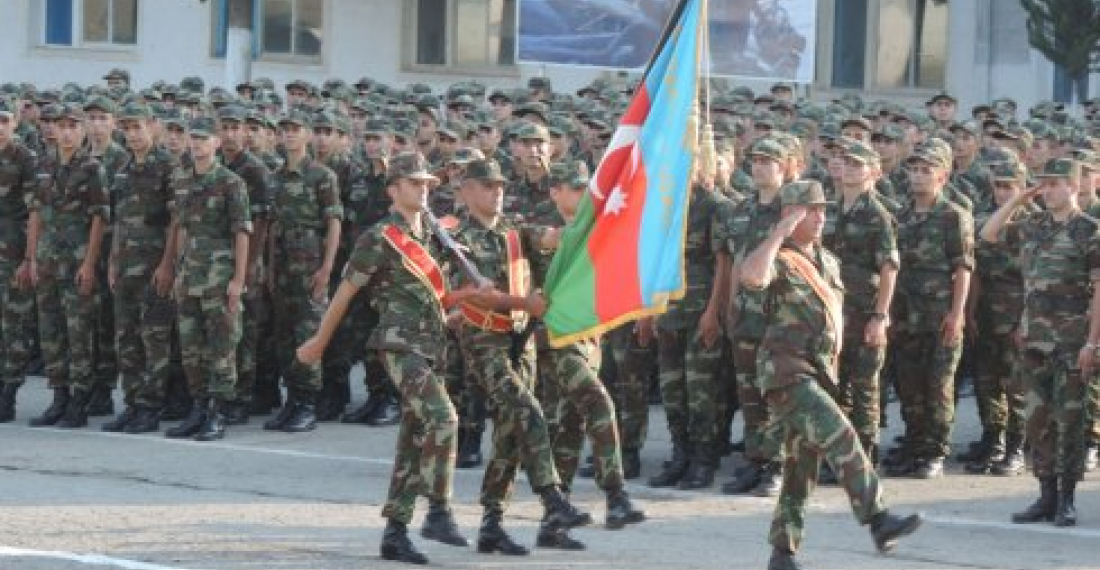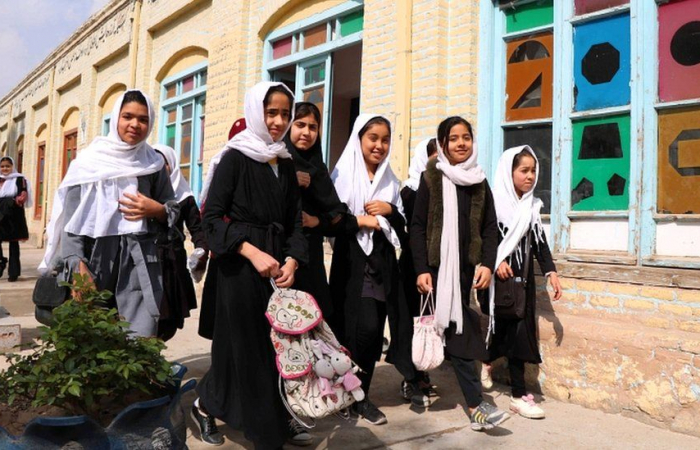An Azerbaijani NGO based in Germany has released statistics about casualties in the Azerbaijani army over the last two decades.
The Caspian Defense Studies Institute (CDSI), says that its figures are based on the results of monitoring reports of official bodies, the media and social networks on the Internet.
CDSI says that in the period 2003-2016 the Azerbaijani Armed Forces lost at least 1,044 soldiers. Of these, 365 "were killed by Armenian bullets", or by mine explosions and shells. 679 men died in non-combat conditions.
During this period, more than 800 soldiers were wounded or injured.
The NGO says that according to approximate data, since May 1994, when the cease-fire agreement with Armenia came into force, the total losses of the defense and security sector of Azerbaijan amounted to more than 4,000 men.
The Caspian Defence Studies Institute says that in 2016 Azerbaijan lost 147 combatanst and Armenia 165. Most died during the heavy feeting between Armenia and Azerbaijani forces in the Karabakh conflict zone in April 2016.
According to official data, losses on the Azerbaijani side totaled 92 people, and the losses on the Armenian was 77. However the report notes that it is likely that the losses on both sides were more.
In 2016 Azerbaijan lost 147 servicemen, including 109 in combat conditions and 38 in non-combat conditions. Among the non-combat losses 4 servicemen died in car accidents, 10 committed suicide, 5 died from disease, 3 died as a result of acts committed by carelessness, and 3 died for unknown reasons. 33 of those killed were officers
The NGO also says that in the past year 18 civilians Azerbaijani civilians were killed and 26 were wounded as a result of the conflict
Armenia's losses amounted to 165 military personnel, including 112 in combat and 53 in non-combat conditions. Among the non-combat losses 13 people were killed in road accidents, 12 committed suicide, 22 were killed by their fellow soldiers, 4 died as a result of accidents (electric shock or unknown circumstances), and 2 died from diseases.
The Armenian Armed Forces lost 27 officers,
In 2016, about 20 Armenian volunteers were killed on the front line, and 15 were wounded.
The Georgian armed forces lost 6 people. One of them died from the H1N1 virus, 3 died as a result of various accidents, and 2 died in car accidents. One of the dead was a Major, and the others were soldiers. All of them were Defense Ministry servicemen.
CDSI was established in Germany by Azerbaijani expert Jasur Sumerinli in 2014.
source: commonspace.eu with CDSI
phot: The Azerbaijani Army on parade (archive picture).






